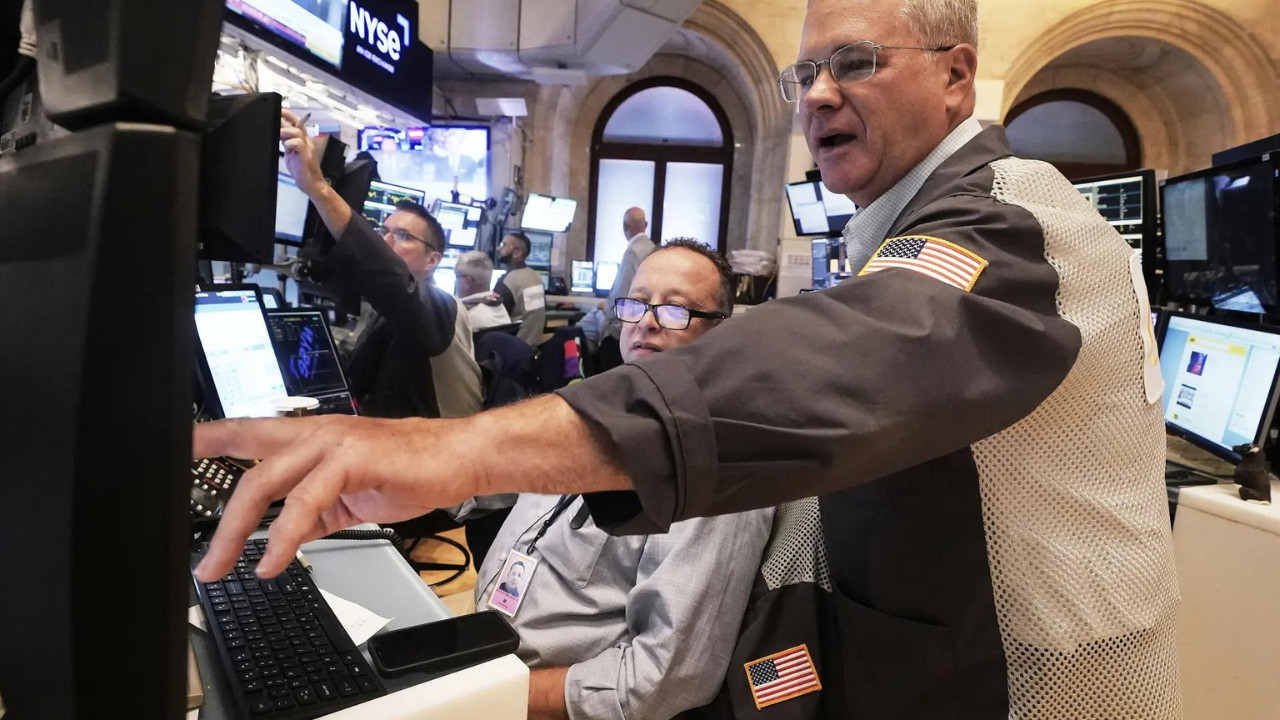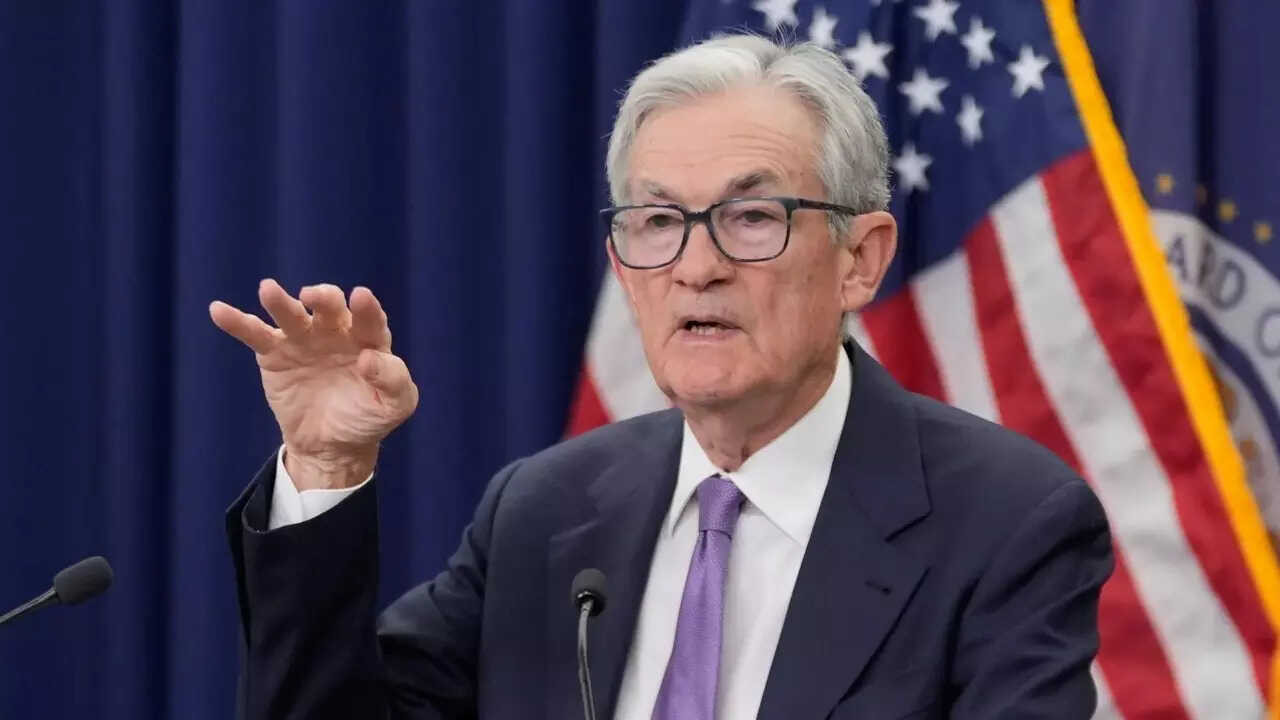Wall Street saw a big jump as Jerome Powell hinted at possible interest rate cuts. The S&P 500 rose, nearing its record high. The Dow Jones also climbed, aiming for a new record. Tech stocks on the Nasdaq also advanced. Small-cap stocks and travel companies saw significant gains. Overseas markets in Germany and Asia also showed positive movement.
Navigating the Market Maze: What Powell’s Words Mean for Your Portfolio
Wall Street just finished a week that felt like a rollercoaster designed by a committee – full of thrilling climbs and stomach-dropping plunges, all heavily influenced by the annual economic symposium in Jackson Hole. The big question on everyone’s mind? What happens now.
The markets were hanging on every syllable uttered by Federal Reserve Chair Jerome Powell at the Wyoming gathering. His pronouncements were expected to be cryptic, and he did not disappoint, delivering a speech that, while sounding reassuring, ultimately left investors with more questions than answers. Did he signal a pause in interest rate hikes? A continuation? Or something in between? The initial reaction was a dip, suggesting anxiety, followed by a partial recovery. That indecision tells a story in itself.
Decoding Powell: The Interest Rate Puzzle
Powell’s core message centered around the Fed’s commitment to taming inflation, a beast that’s proven surprisingly resilient. He acknowledged the progress made, but stressed that the fight isn’t over. This “we’re not done yet” stance didn’t exactly inspire confidence, leading to that initial market shudder. Investors dislike uncertainty above all else, and Powell, while attempting to provide clarity, served up a healthy dose of it.
<img src="image-of-stock-ticker-tape.jpg" alt="Stock ticker tape illustrating market volatility and the need for careful investment advice.” width=”600″ height=”400″>
The challenge is multifaceted. The labor market, despite some cooling, remains tight. Consumer spending, while showing signs of softening, continues to defy predictions of a major slowdown. This puts the Fed in a tricky position. Raise rates too aggressively, and they risk triggering a recession. Hold back too much, and inflation could regain its momentum. It’s a delicate balancing act with immense consequences for businesses and individuals alike.
Sectors in the Spotlight: Tech Under Pressure
Certain sectors felt the pressure more acutely than others. Technology stocks, which have largely powered the market’s gains this year, experienced considerable volatility. Rising interest rates tend to hit growth stocks, like tech companies, harder because they diminish the present value of future earnings. Investors are recalibrating their expectations, scrutinizing valuations, and becoming more selective about where they put their money.
Beyond tech, the energy sector presented another interesting case study. Oil prices have been climbing, fueled by production cuts and rising demand. This, in turn, could add to inflationary pressures, further complicating the Fed’s mission. It’s a tangled web of interconnected factors, highlighting the complexity of the current economic landscape.
What It All Means for Your Investments
So, where does this leave the average investor? First, it’s a reminder that market volatility is a feature, not a bug, of the financial system. Expect more ups and downs as the Fed navigates this uncertain terrain. Second, diversification remains key. Don’t put all your eggs in one basket. Spread your investments across different asset classes, sectors, and geographies.
For long-term investors, this period of uncertainty can present opportunities. Market dips can be a chance to buy quality stocks at discounted prices. However, it’s crucial to do your homework, understand the risks involved, and avoid making impulsive decisions based on short-term market fluctuations. Consider rebalancing your portfolio to ensure it aligns with your risk tolerance and financial goals. Are you prepared to wait out potential downturns? Now is the time to evaluate. We also have an interesting article about [real estate investment strategies](https://www.example.com/real-estate-investing) that you might find interesting.
Looking Ahead: Beyond Jackson Hole
Jackson Hole is in the rearview mirror, but its echoes will continue to reverberate through the markets. The next few weeks will be crucial as investors digest the implications of Powell’s speech and look for further clues about the Fed’s future course of action. Keep an eye on upcoming economic data releases, particularly inflation and employment figures. These numbers will provide valuable insights into the health of the economy and the Fed’s likely response.
Ultimately, navigating this market maze requires a combination of patience, discipline, and a clear understanding of your own investment objectives. Don’t get caught up in the day-to-day noise. Focus on the long-term fundamentals and make informed decisions based on sound financial principles. While predicting the future is impossible, a well-thought-out investment advice strategy can help you weather the storms and achieve your financial goals.







